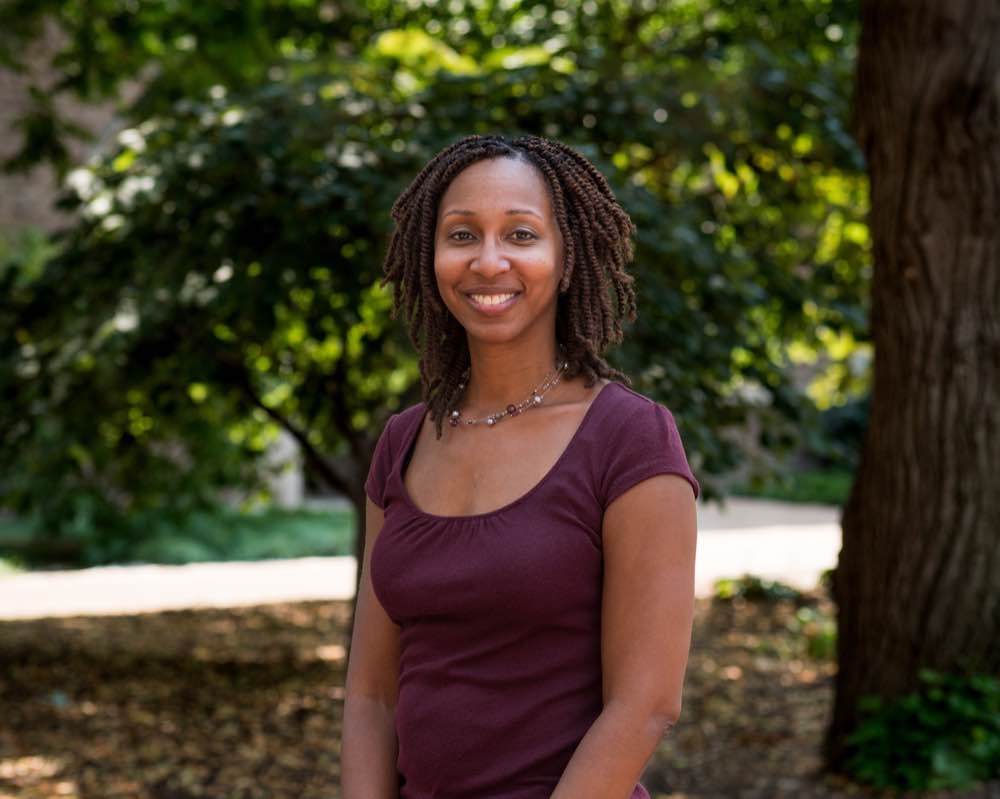Adia Harvey Wingfield argues that labor unions must tackle concerns of Black workers.
The U.S. labor movement must address racial inequality in the workplace if it hopes to remain vibrant and relevant. That’s the argument made by Adia Harvey Wingfield, the Mary Tileston Hemenway Professor of Arts & Sciences and vice dean of faculty development and diversity, in an article published in the journal Work and Occupations.

Labor movements and unions are currently experiencing a period of growth and relevance, Wingfield said. According to the U.S. Bureau of Labor Statistics, more than 16 million workers belonged to a union in 2022, an increase of 200,000 workers from 2021. A Gallup survey last year found that public approval of unions had climbed to a level not seen since the mid-1960s.
Economic forces are driving these larger trends, Wingfield said, and sparking high-profile organizing efforts at major companies including Amazon and Starbucks. “A lot of people are working jobs that don’t provide long-term stability or security,” she said. “People are frustrated, and they want to see change.”
While the labor movement is growing, some workers still feel disrespected and marginalized, Wingfield said. Her recent article, published as part of a symposium organized by the Institute for Work and Employment Research at MIT, highlighted challenges faced by Black workers in nursing and other healthcare professions. Previous research by Wingfield showed that Black nurses tended to be more likely to hold less desirable late-night shifts and were less likely to be promoted. They also felt that their labor unions had done very little to address race-related issues. “Black nurses describe a lot of significant racial challenges in their profession,” Wingfield said.
Wingfield believes that unions will need to address the needs of all workers going forward, and that means facing the realities of racism at work. “The union movement has had a spotty history when it comes to racial issues and representation of people of color, and Black workers in particular,” she said. “My expectation is that if workers can see that labor organizations are serious about addressing those concerns, workers will be more likely to want to join the movement.”
She acknowledged that any actions by labor organizations to address workplace racism will likely be met with backlash, especially from conservatives who already distrust unions. “There are going to be significant powerful actors who are already very uncomfortable with increased union activity, and they’ll become even more so if that union activity becomes a vehicle for creating more racial equity,” she said.
But Wingfield also doesn’t think those critics should be able to shape the labor agenda. “The alternative isn’t really viable because it would leave out people who are becoming an increasing segment of the workforce,” she said.
Wingfield, a professor of sociology, will be taking a closer look at labor and race in her upcoming book “Gray Areas: How the Way We Work Perpetuates Racism & What We Can Do to Fix It,” to be published this October by Harper Collins.


